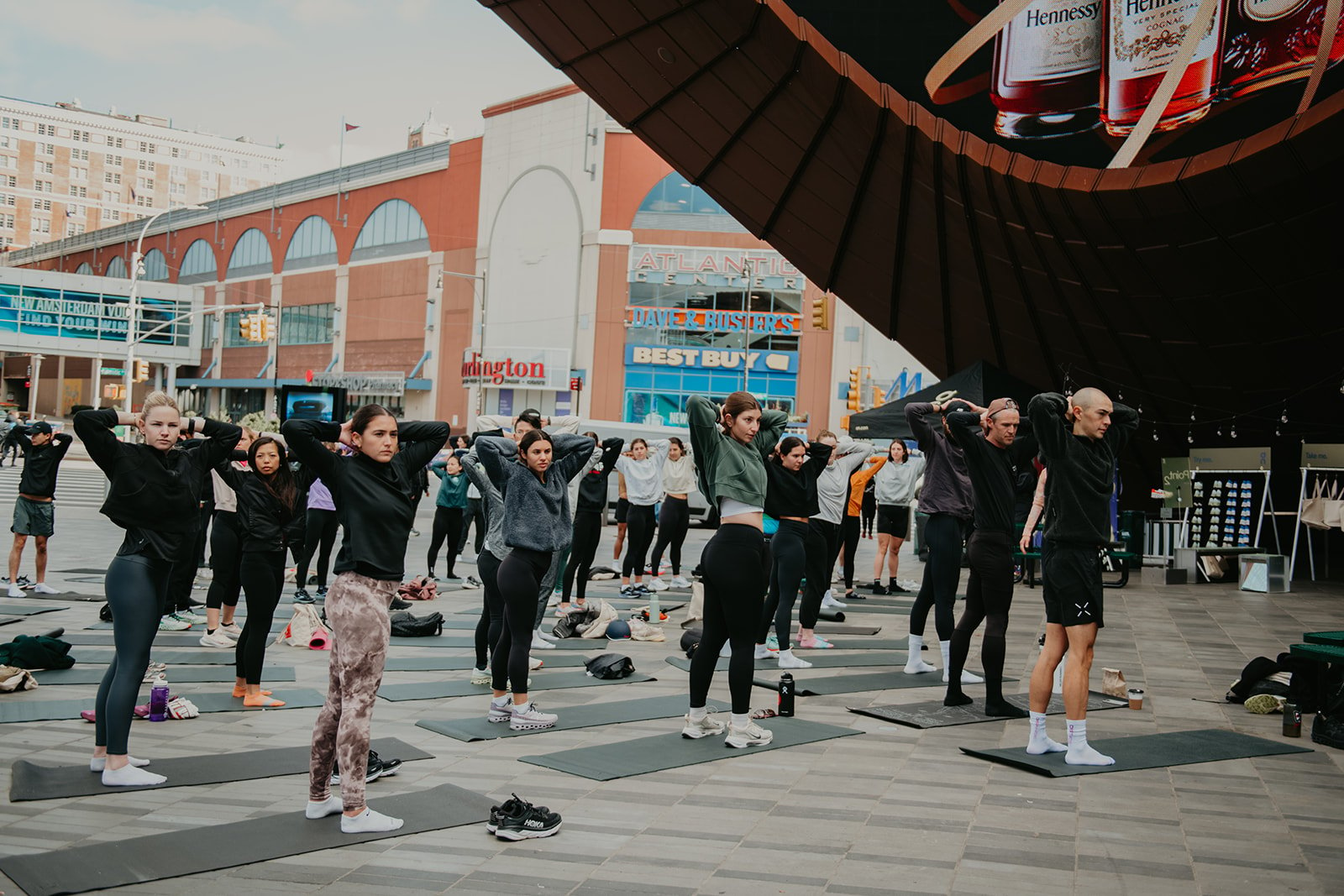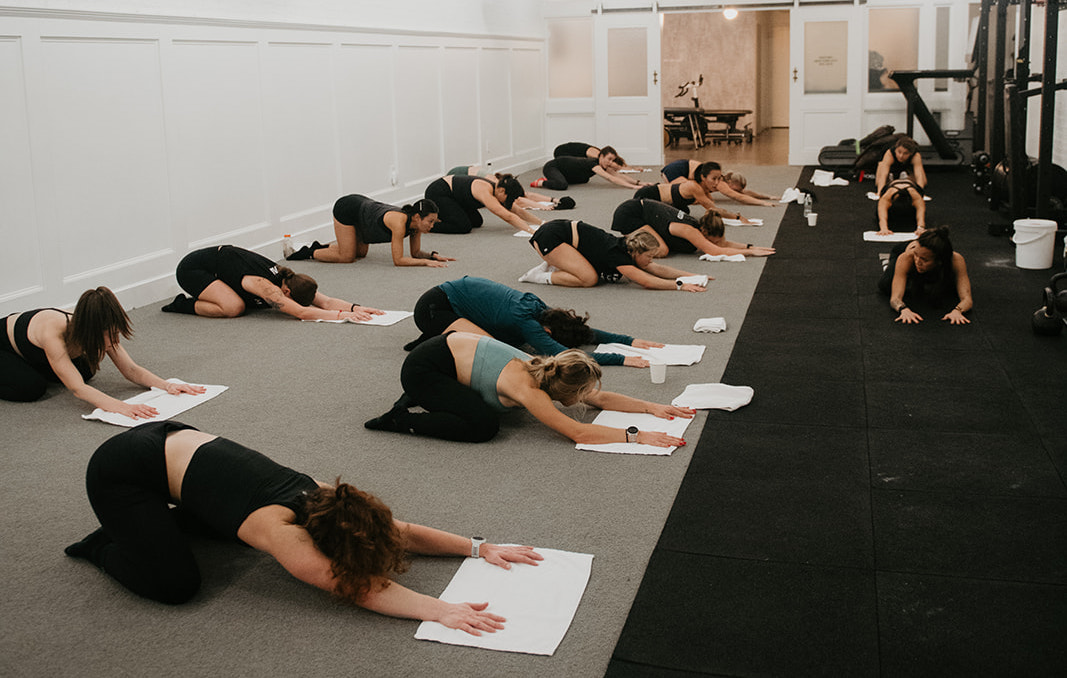Waist-to-Hip Ratio: A Simple Guide to Assessing Your Health
May 3, 2023
Making changes to your body composition requires a reliable baseline that functions as a check-in system to keep you accountable for your training. At MOTIVNY, we like to keep assessments efficient and effective. If you're looking to make big changes in your strength or rehab programming while also considering your body composition we suggest using waist-to-hip ratio to guide your programming.
Below we'll discuss how to measure, what it means to your health, and how it helps us prioritize strength training.
WHAT IS WAIST TO HIP RATIO?
The waist-to-hip ratio consists of two circumference measurements:
1. Take the narrowest point of the waist (in centimeters)
2. Take the widest point of the hips and (in centimeters)
3. Divide the top number (waist) over the bottom number (hips)
4. You'll get your waist-to-hip ratio, a number less or greater than 1.
Note: We all have a unique shape and contour. Note how high up from your belly button you take your first waist measurement to reassess the same spot every time. For the hip, look at your profile and make sure you're always hitting the widest point, or apex of the glute.
THE STANDARD
MEN: <.85
WOMEN: <.75
THE WAIST:
Men must sit at or below .85 and women below .75 to reduce of cardiovascular disease. A larger waist measurement is linked to an increased risk of myocardial infarction (heart attack).
Relying on total body weight or BMI gives you a narrow view of your overall progress for it is unclear what in your body is getting bigger and where. Monitoring your waist measurement over time can give you more information about your process and if you're moving the needle in the right direction or not.
It is common for fit individuals who strength train regularly to see their total body weight go up with a waist measurement trending down. This gives you an affirmation that your training is working towards more muscle which can significantly improve your metabolism.

THE HIPS: DON'T SKIP LEG DAY
Increasing or retaining your muscle mass becomes harder as you age and is needed to help you sustain the lifestyle you want. Adding muscle mass can make you a better athlete and a healthier human by how it regulates your metabolism and facilitates strength.
An increased waist measurement has been successfully linked to an increased risk of myocardial infarction (heart attack) while an increased hip measurement has been seen to be preventative.
For women, it's even more important to increase hip circumference for the likelihood of developing osteopenia is greater. Resistance exercise is the best tool for promoting osteogenesis or retaining your bone mass as you get older and you can use your hip measurement to hold you accountable.

WAIST-TO-HIP RATIO: THE BOTTOM LINE
Your waist-to-hip ratio serves as a simple measurement that represents one of the most important biomarkers you can measure to protect your overall health.
A smaller waist can help you monitor your risk for cardiovascular disease.
A larger hip measurement can help protect you from the above risk and hold you accountable for your strength training.
If you want to learn more about how we can track your overall health in your strength and nutrition programming:




